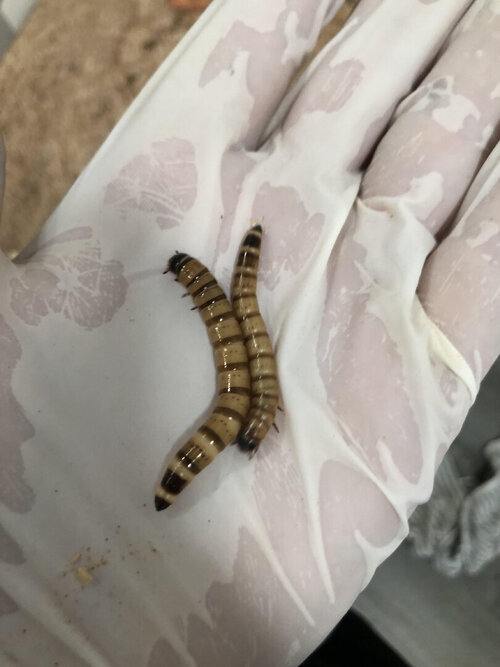"The team of Dutch scientists examined how mealworms, black soldier fly larvae and crickets reacted when exposed under UV light. The results are promising, when exposed under UV lights mealworms contain as much as vitamin D as mackerel, one of the highest source. Therefore mealworms are now one of the few and best source of this essential vitamin"...
https://21bites.com/blogs/blog/vitamin-d-in-edible-insects
https://21bites.com/blogs/blog/vitamin-d-in-edible-insects





